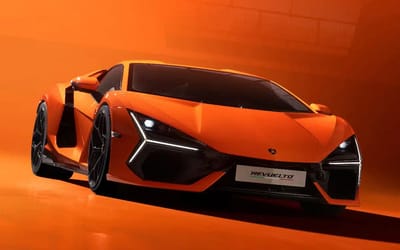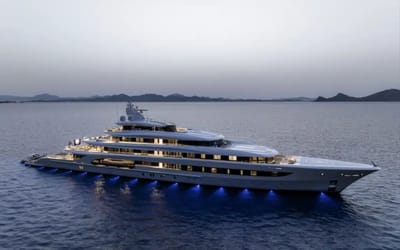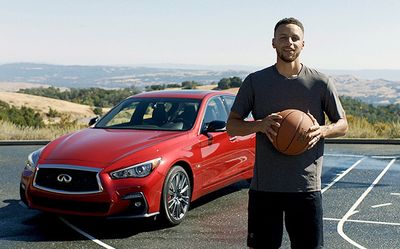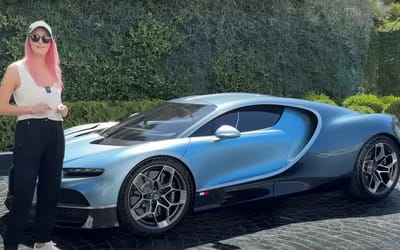This map could explain why hydrogen cars haven’t taken off in the USA
- Hydrogen cars were supposed to replace EVs
- But that didn’t exactly go according to plan
- This map of hydrogen stations might explain why
Published on Nov 03, 2024 at 12:00 PM (UTC+4)
by Siddharth Dudeja
Last updated on Oct 30, 2024 at 6:33 PM (UTC+4)
Edited by
Tom Wood
Hydrogen cars have been waiting for their widely-anticipated moment to have an edge over EVs for quite some time now, and the situation in United States doesn’t exactly come off as hopeful.
Some automakers went all-in with hydrogen, but only to receive disappointing reactions from enthusiasts.
It’s been a while since these new cars should have taken the industry by storm, and the dust is settling now.
So, what exactly went wrong?
DISCOVER SBX CARS: The global premium car auction platform powered by Supercar Blondie
Map shows big problem with hydrogen cars in the USA
Hydrogen cars were supposed to replace all-electric EVs for good by being a super-efficient alternative.
However, things exactly didn’t go as planned for anyone involved, and it eventually faded away.
First thing first — you need fuel stations to actually be able to drive a car with that said fuel.
Let’s take a closer look at all hydrogen filling stations in the United States.
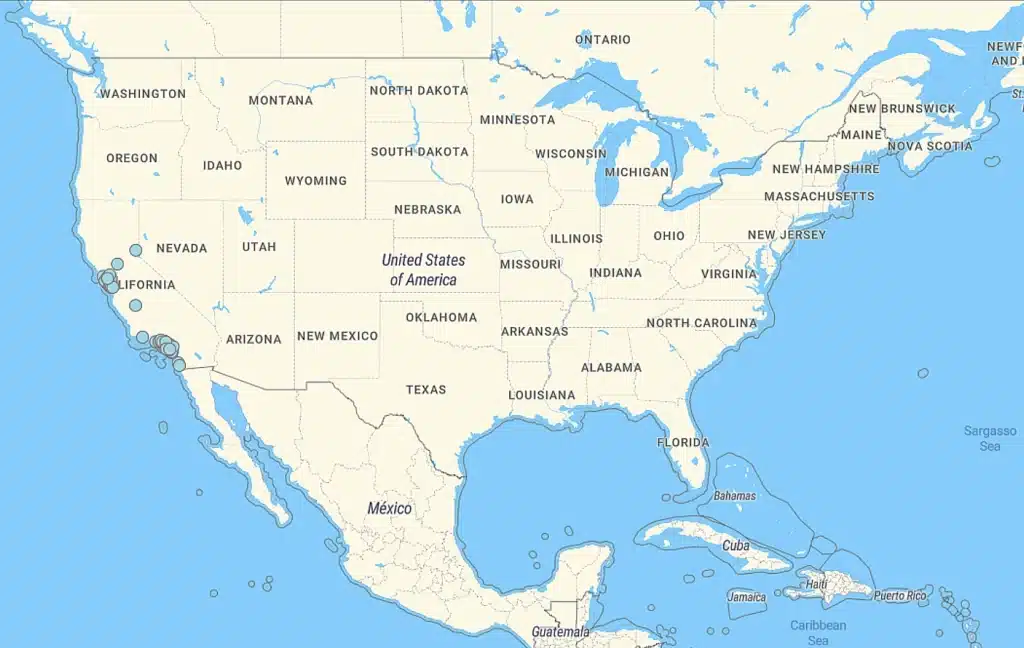
According to the Alternative Fuels Data Center (AFDC) from the U.S. Department of Energy, there are only 55 hydrogen fueling stations nationwide.
Although that’s an extremely low count, it isn’t the only problem.
The map shows that almost all of these stations are in one state — California.
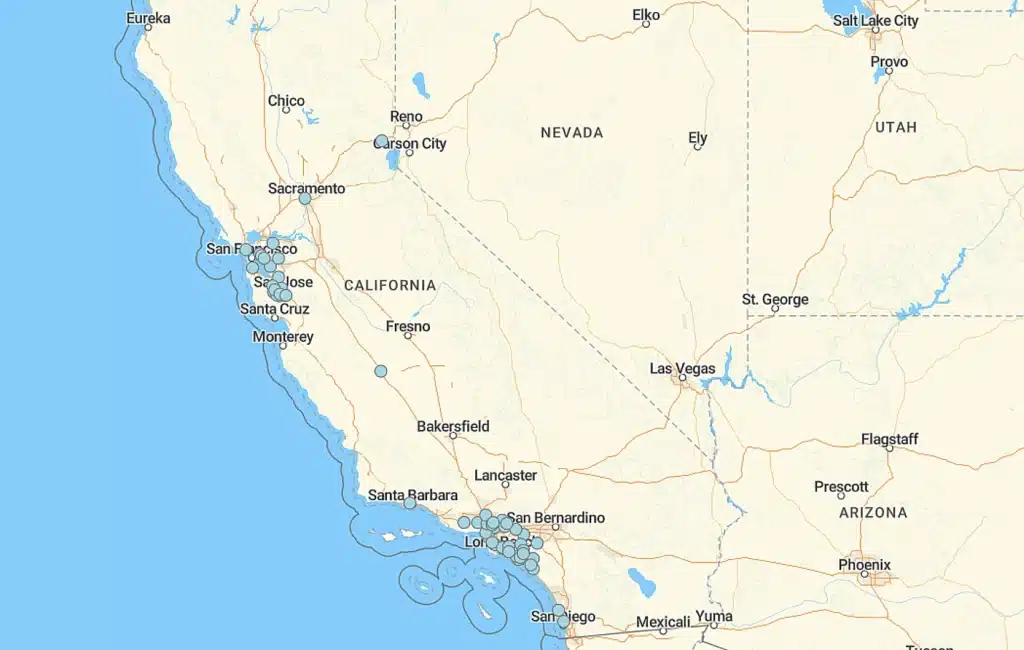
Now we know that California is ‘the place’ where it all happens — the entirety of the country didn’t get a fair chance to begin with.
Additionally, even if you consider sales in California, most stations are clustered together instead of being evenly spread out.
More problems than solutions
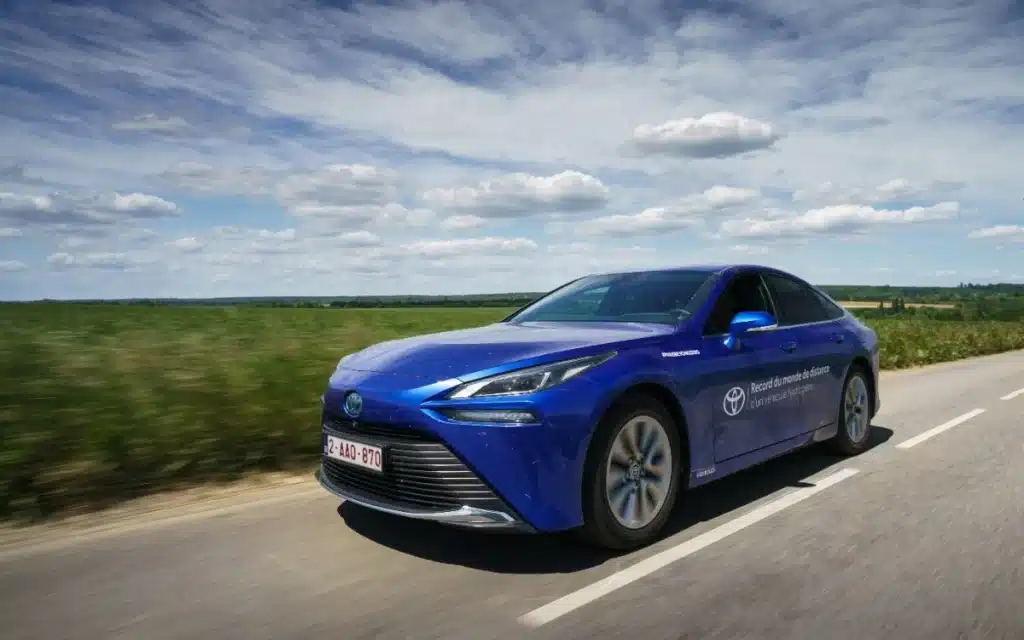
Among those fortunate enough to have a station nearby, some actually tried out hydrogen cars.
The opinions were mixed — some reported that there are only advantages of owning hydrogen cars over an electric one.
Meanwhile, others said that range is one of the most prominent issues.
A Toyota Mirai owner stated that $90 at the ‘pump’ only got him 176 miles.
Speaking of the Mirai, there are only four production-level hydrogen cars in the market.
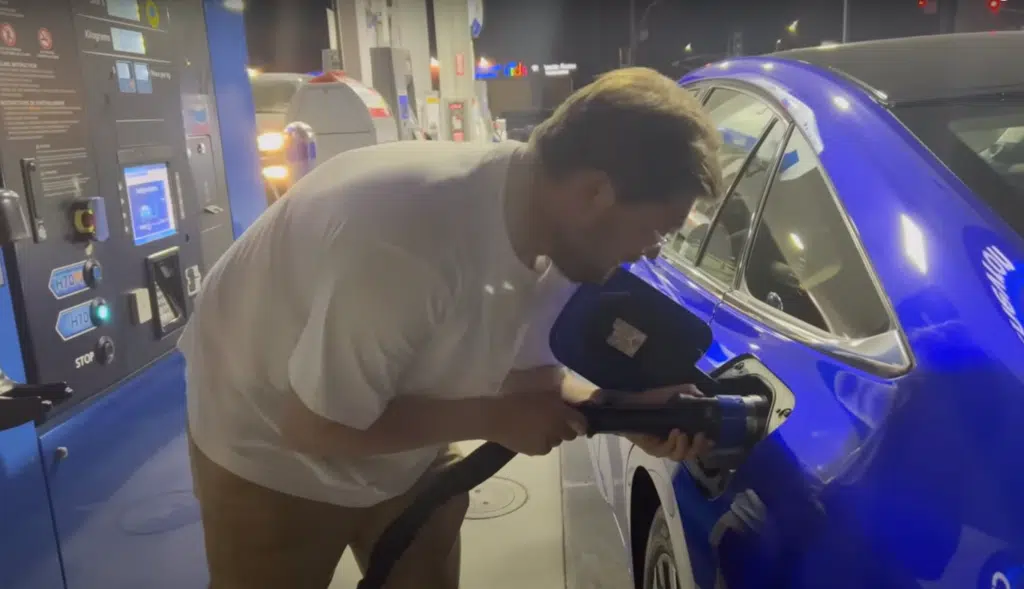
These are also formally known as FCEVs (Fuel Cell Electric Vehicles) because they use hydrogen fuel cells instead of batteries while they’re electric.
Interestingly, there’s also a remarkable hydrogen fuel cell hypercar called Alpine Alpenglow, but then again, it’s a slow market.
To top it all off, going to your nearest hydrogen station isn’t as easy as you might have thought.
Many owners reported that several stations remain out of order because of negligible hydrogen supply, while others have completely shut down.
In the end, it’s certainly not a pretty picture, and we can only hope that owners of hydrogen cars get their money’s worth eventually.

